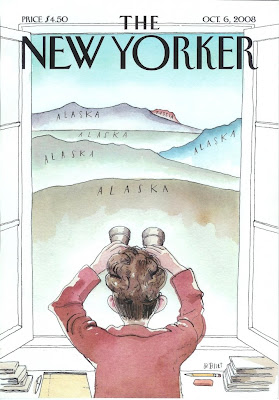
Sports reference publishing -- and all journalism, for that matter -- is made possible by the legal principle that facts can't be copyrighted. It's a principle that was upheld by the Supreme Court with their Feist ruling in 1991, and again this summer in the Major League Baseball v CBC case.
The issue was put to the test again this month in Federal Court, with a pair of documentary filmmakers suing Warner Brothers over their 2006 film "We Are Marshall." The dispute centered on the rights to the story of the tragic 1970 airplane crash that killed 37 members of Marshall University's football team and the school's remarkable efforts the following year to rebuild the program. Deborah Novak and John Witek argued that the studio's film stole their work with by retelling the story which they documented in their Emmy award winning 2000 film, "Ashes to Glory."
U.S. District Court Judge Gary Allen Feess dismissed the case on Monday, delivering a lengthy opinion which concluded: "Though the two works tell the story of the Nov. 14, 1970, airplane crash, that event, and the events that preceded and followed, are all matters of public record which cannot be copyrighted." He went on to write: "Even though the two works have the same story as their subject, they are not substantially similar as the phrase is used in copyright jurisprudence."
In an excellent post at the TechDirt blog, Mike Masnick discusses the impact the ruling may have on the strange practice of movie studios "buying the rights" to someone's story.
There's really no legal reason for them to do so -- as you can't copyright factual information. Anyone can make a movie based on a true story without purchasing any kinds of rights. Now, there may be some business reasons for doing so. Licensing the story from either those who were involved or who initially reported on it may allow you to have those people more involved in making the movie itself (though, that could just be handled by hiring them to advise, rather than "licensing" the story). Still, it did seem odd that it was so common for true stories to be "sold" this way.







